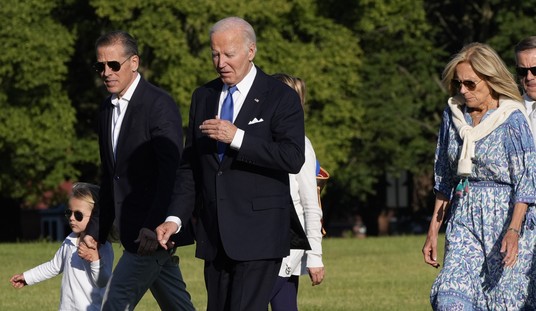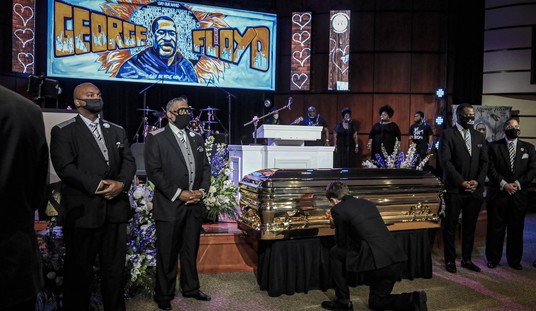
Last week I wrote about the bogus claim in the NYT that Attorney General Barr had violated a condition of confidentiality given to Christopher Steele’s “Primary Sub-Source”, Igor Danchenko.
Today The Hill has a great — and authoritative — piece on this same issue, exposing for all who want to see that the NYT authors don’t know what they are writing about and the purpose for their article was simply to continue the drumbeat assault on AG Barr.
The author of The Hill story is Jim Casey, someone you might see on Twitter. I interact with him there with some frequency, and because of our shared background I have a bit of insight into the level of expertise that informs his writing. As the retired SAC of the FBI Jacksonville Field Office, he supervised FBI investigations all over Northern Florida and the Florida Panhandle to the West.
But I also know that prior to becoming an SAC in the FBI management structure, he spent quite a bit of time in the Bureau doing counter-intelligence work. So he knows both sides of the Bureau mission — criminal prosecution and intelligence — very well.
His article gives you a great historical perspective on how the Bureau classified people who cooperated, with the more widely known descriptions of “confidential informants”, “cooperative witnesses”, and “assets.” As he explains, after 9/11 the Bureau leadership decided to lump all three together in one category called “Confidential Human Sources” as that was the way the intelligence community referred to such people.
As I went through my career as a prosecutor, I was more familiar with the three categories as described. I knew the implications of a person being one thing rather than another thing, and that informed my decision-making on how a case needed to be handled. DEA had a different set of terms, but similar kinds of classifications.
An “informant” was more of a “pointer”. Someone who provided information that initiated investigations, or turned them in particular directions based on “insider knowledge” the informant came by on their own. The cases were made independent of the “tip” given by the “informant”, and “informants” weren’t to be used as witnesses — therefore their IDs were never disclosed — because it would put them in danger or end their usefulness as an informant. Mafia members who were taking money from the FBI in exchange for inside information are an example given by Casey in his article.
As a prosecutor, I had many “robust” conversations with agents about “non-testifying” informants. The crux of the dispute was usually my telling the agent that the case could not be made without the informant’s testimony because the other evidence that the agent was able to accumulate based on the tips was not enough to bring the case with confidence that it could be won. So the decision had to be made to burn the informant — only with the informant’s agreement — or to close the case. Those were not easy conversations to have.
A “cooperative witness” was a reference to someone who was always likely to be needed to testify at trial if the case went that far. Casey gives a great example — you send a witness in to meet with target wearing a body microphone. When it comes time for trial, someone is going to have to testify to get that recording into evidence, and that is almost always going to be the person wearing the wire. You promise them that if the defendant pleads guilty, their name won’t be disclosed, but if the defendant goes to trial, they are going to have to be listed as a witness. You keep their name confidential as long as possible, but eventually, the confidentiality will be lost.
The third category were “assets”, and these were always on the “intelligence” side where no prosecutions ever take place. Assets were never disclosed.
Danchenko didn’t fit any of these classifications. Steele lost his promise of confidentiality when he violated his “source agreement” by talking to the press, and telling people he was working with the FBI. He “outed” himself.
Casey not only did this work, he supervised this work at the highest level in the field. Wait to see if any actual FBI officials — current or retired — come out to contradict what he has written today.
When none do — and I’m sure they won’t — remember you can dismiss without a second thought the “anonymous” sources on this subject that reporters from the NYT tell you have a different opinion.














Join the conversation as a VIP Member